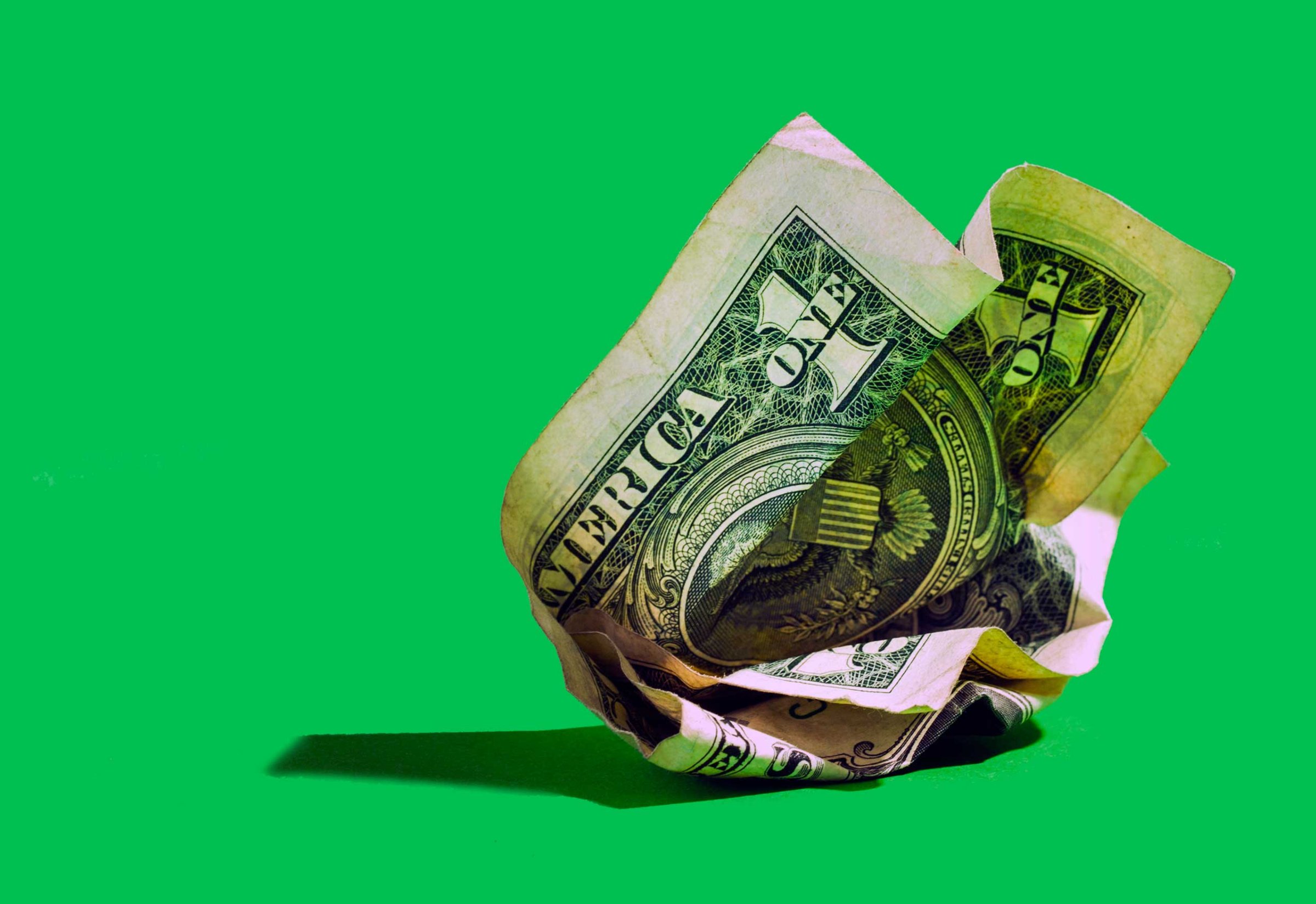
The new movie The Big Short takes a subject that is ordinarily as far from exciting as you might think possible—true-life mortgages and bonds—and turns it into what TIME’s critic Stephanie Zacharek calls “a crackerjack entertainment…with a conscience.”
Then again, perhaps it shouldn’t be so surprising that the subject is ripe for drama, given how crazy the mortgages in question actually were.
In 2007, TIME broke down the financial systems that set the movie’s plot in motion. First came “subprime and exotic mortgages that did away with many of the safeguards built into the classic 30-year fixed rate with a 20% down payment.” These special mortgages were meant for just a small slice of home buyers, but they became widely popular during the real-estate bubble. “The demand was coming not so much from borrowers as from Wall Street, which packaged the loans into securities to sell to investors looking to pile into ‘low risk’ real estate,” the article continued. “So mortgage brokers found ways to squeeze buyers into first and second mortgages even when their finances were questionable. Consider the appellation NINJA, used to indicate a buyer with no income, no job and no assets.”
And then it just got worse:
Blame it on one of the Street’s recent innovations, the collateralized debt obligation, or CDO. The recipe: buy home loans, blend them, then slice up the result into different securities (reflecting different levels of risk) to sell to investors. Many such securities carry AAA or “investment grade” ratings despite subprime mortgages being in the mix. From there, things get really complex—CDOs created from other CDOs, synthetic CDOs crafted from credit-default swaps, none of which had experienced a down market. “The problem is that CDOs were untested. There was not much history to suggest CDOs would behave the same way as AAA corporate bonds,” says Richard Bookstaber, a hedge-fund manager and author of A Demon of Our Own Design, who views market palpitations as a predictable by-product of complex financial products like CDOs…
Now that the foundation is shaking, there are scant buyers for the lower-grade issues built on top of the pooled mortgages, and the values of those CDOs have plummeted. Losses in the subprime market drove Bear Stearns to declare two of its hedge funds, once topping $1.5 billion, all but worthless, and banks as far afield as Germany and France have frozen funds or received bailouts because of exposure to U.S. mortgages.
Read the rest of the story, here in the TIME Vault: Real Estate’s Fault Line
More Must-Reads From TIME
- The 100 Most Influential People of 2024
- The Revolution of Yulia Navalnaya
- 6 Compliments That Land Every Time
- What's the Deal With the Bitcoin Halving?
- If You're Dating Right Now , You're Brave: Column
- The AI That Could Heal a Divided Internet
- Fallout Is a Brilliant Model for the Future of Video Game Adaptations
- Want Weekly Recs on What to Watch, Read, and More? Sign Up for Worth Your Time
Write to Lily Rothman at lily.rothman@time.com